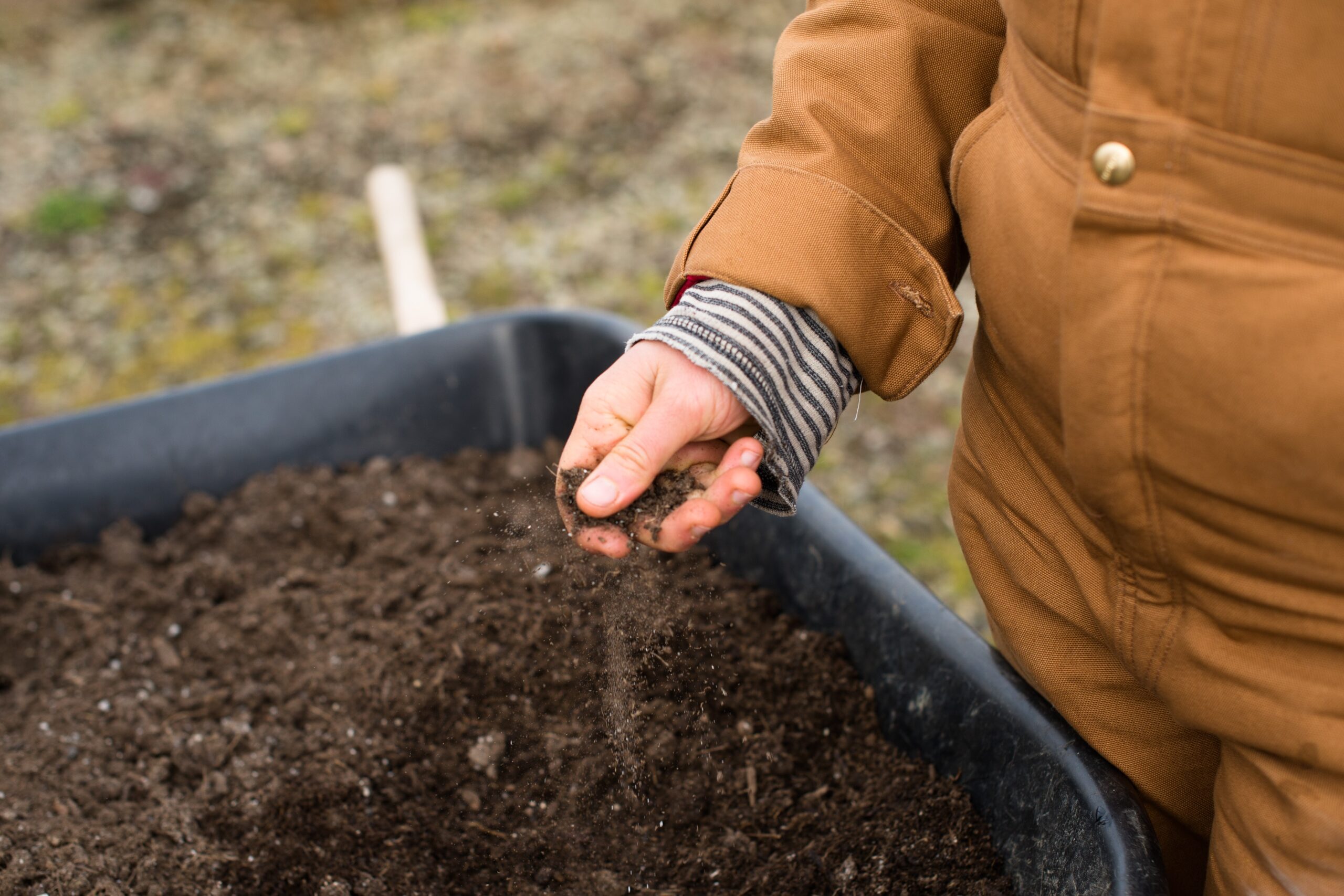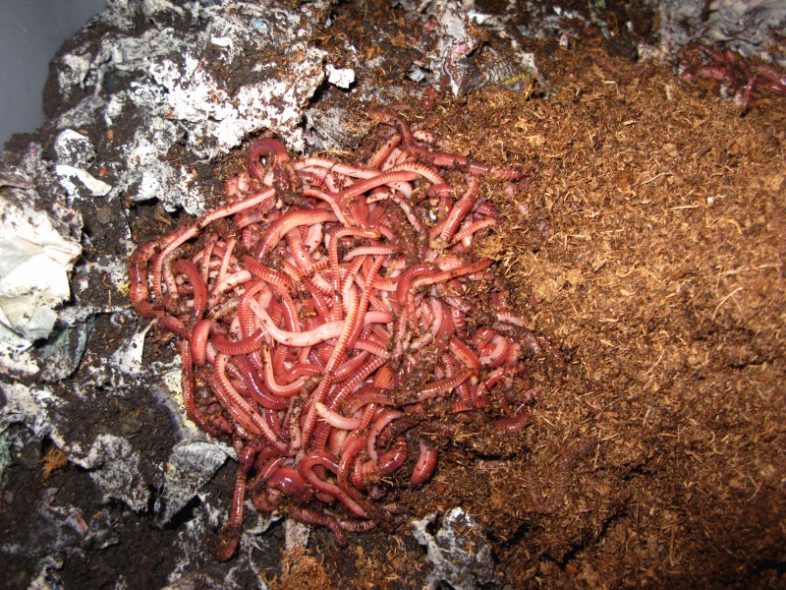The 5-Minute Rule for Red Wiggler Express
The 5-Minute Rule for Red Wiggler Express
Blog Article
Some Known Incorrect Statements About Red Wiggler Express
Table of ContentsRed Wiggler Express for DummiesThe Definitive Guide for Red Wiggler ExpressThe 4-Minute Rule for Red Wiggler ExpressAll about Red Wiggler ExpressWhat Does Red Wiggler Express Mean?

If you're at all in tune to the farming information of late, you're well aware that soil wellness is in decrease all over the globe a problem that is having a tragic influence on our food systems. The response to this worldwide issue? Worms.
Some start vermicomposting as a pastime and scale up, whereas others have the intention right from the start to produce a profit-making service. They may be farmers, community garden volunteers, business owners, landscaping companies, greenhouse growers, or personnel at facilities that create food waste.
Red Wiggler Express Fundamentals Explained
Among one of the most typical factors for venturing into commercial vermicomposting is the desire to recycle organic waste right into items that improve soil and plant health. Dirt health has actually lately become an essential international issue. The United Nations Food and Agriculture Organization proclaimed 2015 the International Year of Soils to enhance awareness of dirt's function in food protection and healthy environment function.

In the interior of a garbage dump, natural products break down in an anaerobic atmosphere and release methane, a greenhouse gas that is 25 times extra powerful than co2 (Bait). A better option to landfilling food waste and various other organic materials is to vermicompost them. What was once thought about waste can be changed into useful items that nourish dirts and plants
The 8-Minute Rule for Red Wiggler Express
For the previous 25 years in lots of papers, book phases, and meetings, I have described the completed product of vermicomposting as vermicompost. This term is usually made use of to recognize the mixture of earthworm spreadings (feces) and leftover bedding and feedstock (natural material) that is harvested from worm beds.
After substantial thought, I chose to utilize the term vermicast throughout this book, for 2 crucial reasons. One is because lots of people make use of the terms garden compost and vermicompost interchangeably, not realizing that completion product of vermicomposting is qualitatively various from compost. I think it would certainly profit the vermicomposting industry to distance itself from the term garden compost in describing its products.
Composting is the regulated procedure of converting natural materials into a beneficial dirt change under cardiovascular problems using naturally generated warm. On the other hand, a vermicomposting stack or worm bin ought to be kept to ensure that it does not heat up. In a garden compost pile the kinds and amounts of varieties of bacteria change when the stack gets to thermophilic temperatures of 106F (41C) or higher.
The 2-Minute Rule for Red Wiggler Express
The bottom line defining the distinction between garden compost and vermicast, though, (https://allmyfaves.com/redwigglerex?tab=Red%20Wiggler%20Express) is that the latter has passed with earthworms. Therefore, vermicomposting is much more similar to livestock production than to composting; it calls for pet husbandry abilities to properly care for the worms. A second reason to utilize the term vermicast is to prevent product labeling that can be perplexing to customers.
Worm spreading is the final item of worm digestion and can be simply recognized as worm manure. It is abundant in natural matter and useful bacteria that create and aid your yard.
Lasting gardening is exercised when no-cost or low-cost modifications such as using worm casting from vermicomposting is included. Accumulated organic matter in vermicompost containers. Picture by Maggie Chen. Worms play this essential duty in the vermicomposting procedure and likewise in minimizing the results of environment modification. Land fill gas (LFG) is released as a natural result of natural product decay, such as food waste decaying in garbage dumps.
In the previous two a century after the Industrial Revolution, methane concentrations within the atmosphere have more than doubled due in big component to anthropogenic human-related activities (Plants). Around 50 percent of LFG launched from garbage dumps is carbon dioxide et cetera is a small percent of non-methane organic substances. Methane is a powerful greenhouse gas that continues to be in the environment for a much shorter time in see this page comparison to co2 yet both are launched in the environment in huge quantities from differing sources one of which is organic product decomposition from garbage dumps
9 Easy Facts About Red Wiggler Express Shown

Is there a food waste or vermicomposting system on your local university? It is seen that durable and impactful actions on a system vast scale can begin with a single tiny worm. Worms may be traditionally connected with this gory and scary period, however when thinking about the interconnected influence of the vermicomposting process (on enhancing soil health and wellness and plant growth in your garden, minimize climate adjustment, and encouraging trainees) offer some gratitude to the abundant benefits that worms provide.
Report this page